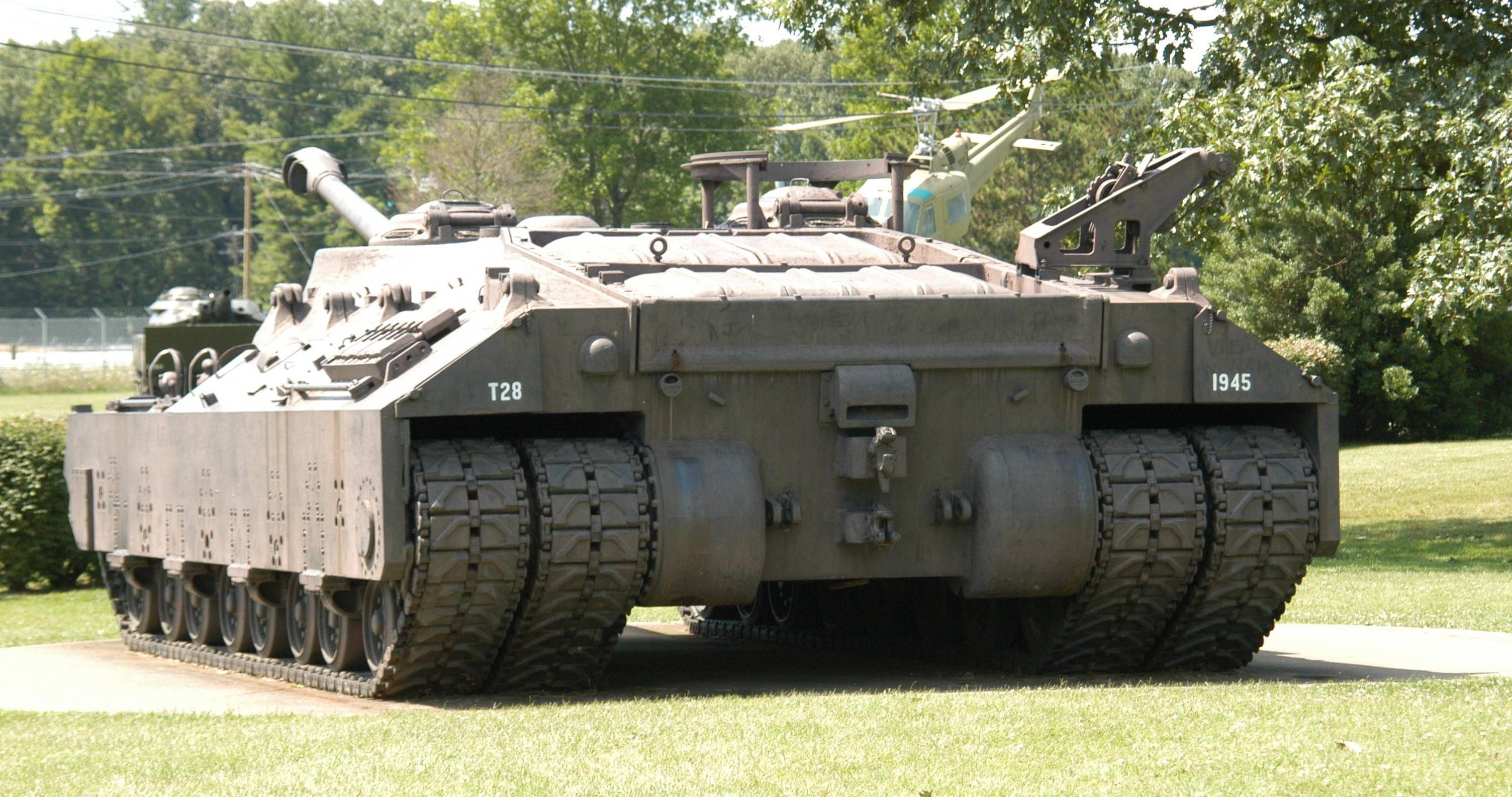

Such a Marine Corps will lack the firepower to take on armies armed with armored vehicles and artillery. Yet, a Marine Corps that is custom-designed for distributed operations on islands in the Western Pacific will be poorly designed and poorly trained for the land campaigns it is most likely to fight.

If the National Defense Strategy is successful in that it leads to the deterrence of China and Russia, then this history is likely to continue: avoiding great power conflicts and fighting regional and counter-insurgency conflicts. These critiques arise from the same concern. He argued that because “what has primarily occupied the Marine Corps over the last seventy-plus years are crisis response and low-to-medium conflicts against smaller regional powers,” it needs a full-spectrum amphibious capability.

Dan Gour é of the Lexington Institute made a similar argument in apocalyptic terms. This article broadens that argument to look beyond insurgencies and include wars against regional and local powers and their armies. John Vrolyk recently made a similar argument that “insurgency, not war, is China’s most likely course of action.” He argued that the Marine Corps should not divest itself from capabilities geared toward low-intensity conflict. Instead, both became involved in regional conflicts. During the Cold War, the fear of massive casualties in an East-West conflict and the possibility of escalation to nuclear weapons meant that great powers, then the United States and the Soviet Union, were extremely careful to avoid direct confrontation. The problem is that great power wars are not what the United States has fought since the end of World War II. These changes would indeed prepare the Marine Corps for the great power conflicts, particularly in the Western Pacific, that strategists focus on. Berger’s guidance and his subsequent statements imply that the Marine Corps will divest itself of tank units and perhaps other armored vehicles like amphibious tractors, light armored vehicles, and armored trucks (such as Joint Light Tactical Vehicles and Mine-Resistant Ambush Protected vehicles), reduce long-distance ground logistics, and cut artillery on the theory that long range, precision and new capabilities can substitute for mass. There is uncertainty about exactly what Berger’s guidance means for programs and forces. He asks, for example, if the Marine expeditionary force that commands Marine Corps units in the Western Pacific will “be able to create a mutually contested space in the South or East China Seas if directed to do so.” The Defense Department’s FY 2020 budget overview makes this point by stating that it “executes the by reprioritizing resources and shifting investments to prepare for a potential future, high-end fight.” Berger is particularly focused on China. He writes that the Marine Corps is “over-invested” in such capabilities and capacities as the maritime pre-positioning force, manned anti-armor ground and aviation platforms, manned ground transportation, traditional towed artillery not adaptable to high-velocity projectiles, manned ground reconnaissance, and short-range mortar systems.Īlthough the National Defense Strategy talks about great power “competition,” the department’s focus is on preparing for conflict. In a recent War on the Rocks article, Berger is more specific. The guidance lays out many bold goals and concepts, though the only specific change explained is that the Marine Corps will no longer use a requirement of two Marine expeditionary brigades and 38 large amphibious ships for force structure decisions. Shifting strategic emphasis is possible without hobbling the Marine Corps in the conflicts that it is most likely to fight.īerger’s guidance has been widely discussed, so there is little need to repeat it here. However, the commandant and other Marine Corps leaders are hinting that as part of this transition, they would eliminate capabilities for sustained ground combat that allowed the Corps to fight in Korea, Vietnam, Desert Storm, Iraq, and Afghanistan. David Berger, is sensibly seeking to move the Marine Corps away from its two-decade-long focus on counter-insurgency and toward the great power competition that the country’s leaders foresee as posing the greatest threats in the future. The Marine Corps is embarking on a 10-year restructuring to align itself with the National Defense Strategy, but in doing so, it risks ignoring the last 70 years of its history.


 0 kommentar(er)
0 kommentar(er)
